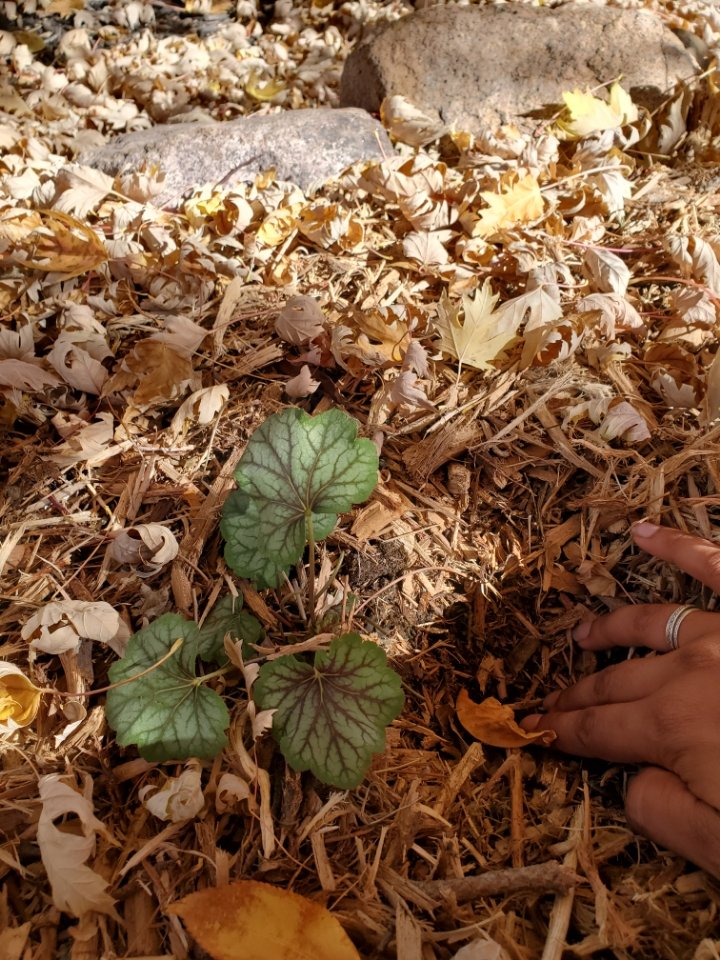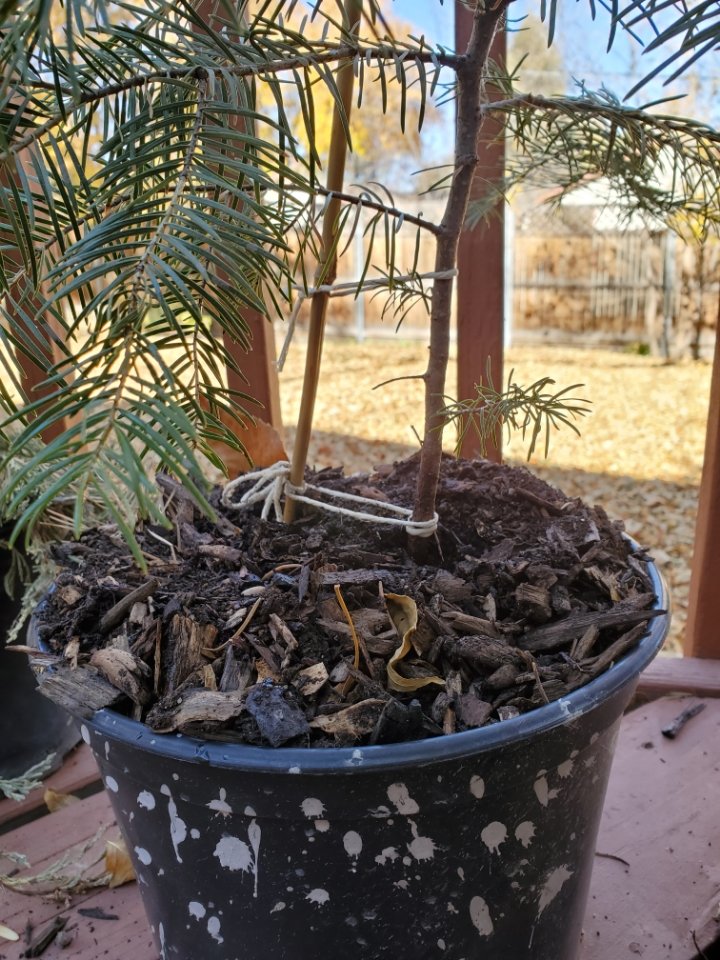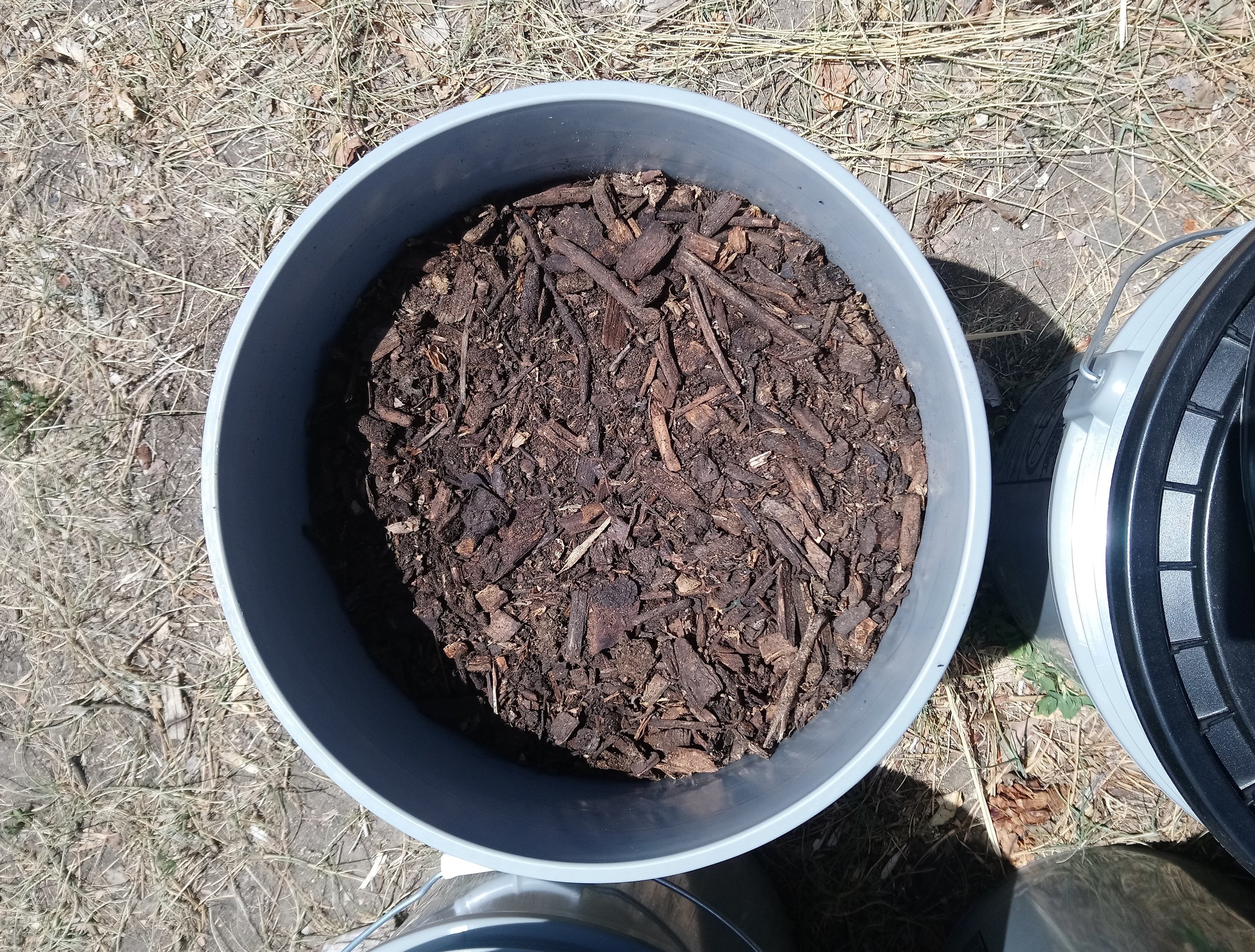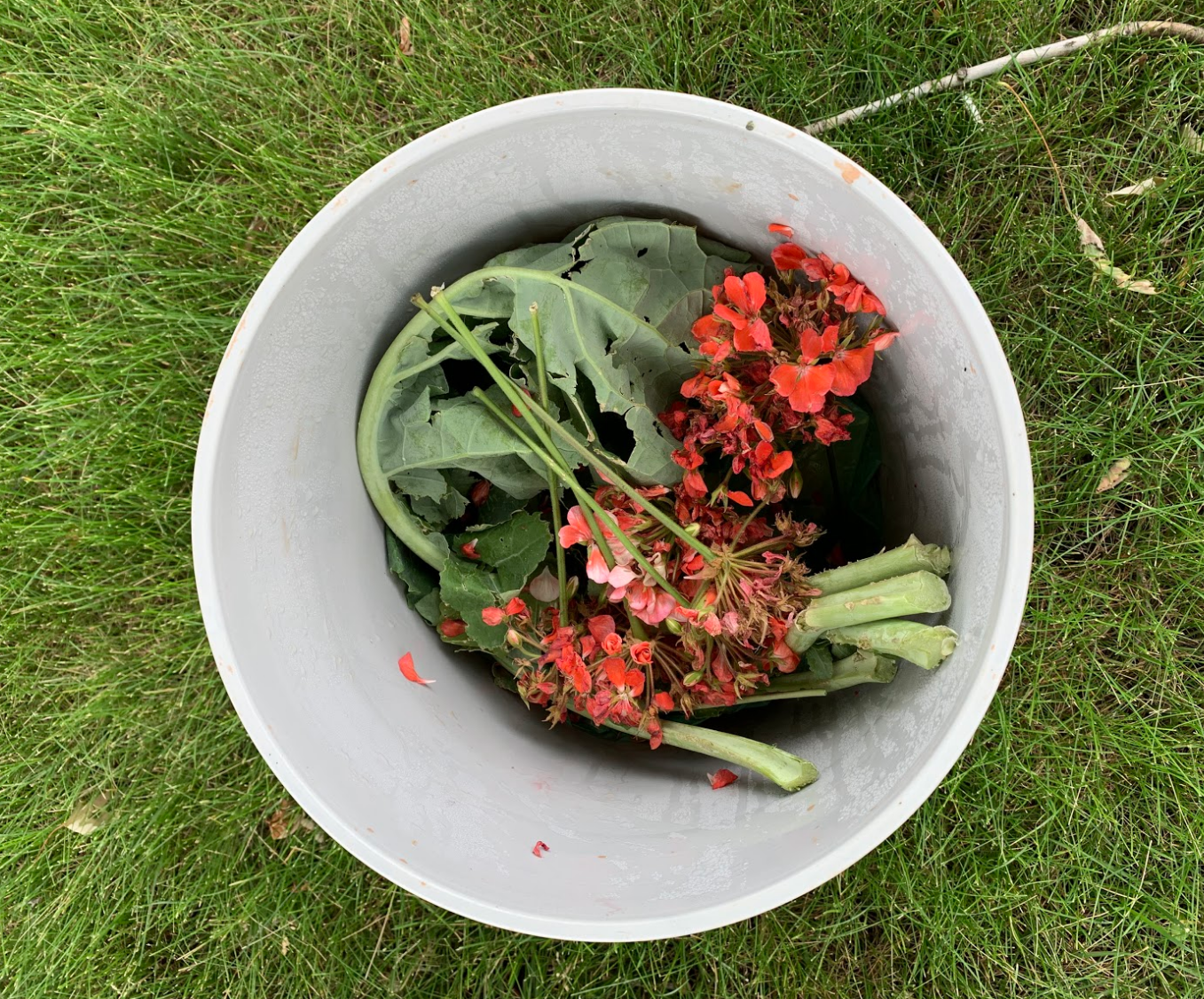Compost and Soil Care Information
(Click the questions to expand the answers!)
-
Compost is the end result of the composting process: a dark and crumbly soil-like substance that smells and feels like the forest floor.
Compost is a soil amendment (meaning, something you add to improve soil health) that's high in organic matter and microbial diversity.
It's a common mistake to say "compost" when you really mean "food scraps." For example, you're not dropping off compost; you're dropping off food scraps. We're not picking up compost; we're picking up food scraps. The full breadth of compostable materials is sometimes called organics or organic waste.
-
It starts with preparing the ingredients.
Usually, that's combining shredded leaves with aged wood mulch and setting that to pre-soak over night.
Drain excess water and spread out as a base for the food scraps. Chop it all up, mix together thoroughly and cap the pile with dry or composted mulch.
Monitor daily for temperature, moisture and oxygen levels. After the pile heats to over 130 degrees for at least three days, flip the pile to select for thermophilic (heat-loving), aerobic (oxygen-loving) microorganisms that quickly and thoroughly decompose the pile into dark and crumbly compost. Flip your pile at least three time, or as many times as it takes until the pile doesn’t re-heat after a flipping. After the pile has cooled to ambient temperatures, allow several months, at least, of curing for more advanced fungal growth.
Hands-on is the best way to learn the art and science of composting, and we welcome participation at every step of the process! Come to a volunteer onboarding event or email jay@foodtopowerco.org for opportunities to get involved.
-
Added to soil, compost tends to boost nutrient availability, soil structure and organic matter, pest and disease resistance and water retention. Because compost is full of beneficial microbes, you can think of it like a probiotic.
Plants will thank you for improving conditions in the soil! But whether you garden or not, amending your soil with compost helps mitigate erosion and drought in this dry climate.
Making and applying compost is one of several land stewardship practice that us humans can do to rebuild topsoil, biodiversity and rebalance the current distortions of earth's natural cycles.
-
As a benefit of membership, members get a free bucket of compost twice a year! Order yours through your account dashboard. Additional buckets are $12/ea, also available through your dashboard. Non-members can order compost for pickup at the Hillside Hub. If you need a greater quantity, you can fill a truck/trailer or get a delivery from Don’s Garden Shop.
-
Store your compost in a cool, dark place, leaving the lid partially open so it can breathe. Garage or outdoors is best, because little bugs may escape from the compost.
Don't let your compost dry out; spray or sprinkle water if needed. It’s best not to store it longer than a couple weeks anyway, to preserve its peak biological diversity... So, go out and use it as soon as you can!
-
All plants love compost but they don't want only compost, so go for a soil mix that's about a quarter compost.
In-ground cultivation: spread a 1-4" layer of compost on top of the ground before planting and mulching. Water it in. If the bed is already mulched, pull back the mulch with a rake or your hands before adding the compost, then spread the mulch back over the compost.
Raised beds or container gardening: fill the bottom portion with layers of rock, sticks, mulch before adding a mixture of top soil and compost or top soil with a 1-4" layer of compost on top before planting and mulching. Water it in.
Potted plants: mix compost with soil before potting or add compost to the surface of a potted plant's soil. Water it in.
Planting: After digging your planting hole, pour compost in the bottom of the hole and fill the hole with water to absorb slowly. Then, plant your plant, backfill the hole, mulch on top and water it in.
Lawn: at establishment, mix compost with grass seeds before broadcast seeding or spot reseeding. Consider mowing and/or de-thatching first. Fertilize with compost by scattering a thin layer by hand.
Bare dirt: add compost to any patch of land that's been disturbed, eroded or lacks live plant roots to help stabilize the degradation and begin restoration.
-
Depending on how you've applied it and what plants are growing, it'll look a little different, but generally some signs to look for are: plant stands taller, leaves perked up, yellow tone restored to green, water permeates quickly during a rain and stays moist longer after a rain or irrigation, fewer instances of disease or pest pressure, less need for fertilizer, more earthworms and other beneficial bugs.
-
It starts with you! Anyone who contributes materials through pickups or dropoffs is responsible for "keeping a clean stream" — meaning, free of contaminants like twist-ties, rubber bands, fruit stickers, etc. Because mistakes do happen, we decontaminate our materials diligently before building piles and throughout the process.
We monitor temperature, moisture and oxygen conditions in the pile to prevent any anaerobic activity and to ensure hot enough temperatures to kill off common food-borne pathogens.
After compost has cured we send a sample to a lab to observe a diluted sample under a microscope to check for a healthy microbiome. If the compost is for distribution or food-growing purposes, we also conduct germination trials.
Good compost matters — We do not recommend using unfinished or poorly made compost! Signs to look out for: compost that's still steaming, compost with partially decomposed or recognizable food scraps, compost that was super stinky, dense or wet at any point, compost made with food scraps that didn't heat over 130 degrees. Compost that looks ashy (with white / grey fuzzies). Compost that has big chunks of wood chips is fine, but you might choose to use it as mulch.
-
First, do no harm: consider not tilling, tamping, driving on soil whenever possible to prevent unnecessary compaction. Refrain from using pesticide or anything ending in "icide." Cool it on the fertilizers, too - often, the soil has the minerals and nutrients you need, but not the microbes that actually make them bioavailable to plants. Adding compost, with all its beneficial microbes, will act like a fertilize because it helps plants access the nutrition that’s already there. Don't over-harvest, over-graze or take without giving back.
Always keep soil covered: whether that's mulching with wood chips, leaves or straw, or establishing a ground cover like grass, clover or any kind of plant — roots in the ground is better than no roots in the ground.
Early and late season watering: water on warm days in the spring and fall to sustain the soil microbiome and soil structure.
Plant nitrogen-fixing legumes like alfalfa, clover, beans, peas or vetch.
Improve drainage through grading, soil amendment and plantings to prevent standing water.
“Chop and drop" — when pruning, drop leaves and trimmings right onto the ground to build up ground cover.
"Lasagna gardening" or "sheet mulching" — layer cardboard on the ground and water it down as a weed suppressant, than spread layers of compost, organic materials like manure or grass clippings, and mulch to start a new garden bed with a good helping of organic matter.
Got photos of using compost? We would love to have them! Email photos to Zach@foodtopowerco.org




